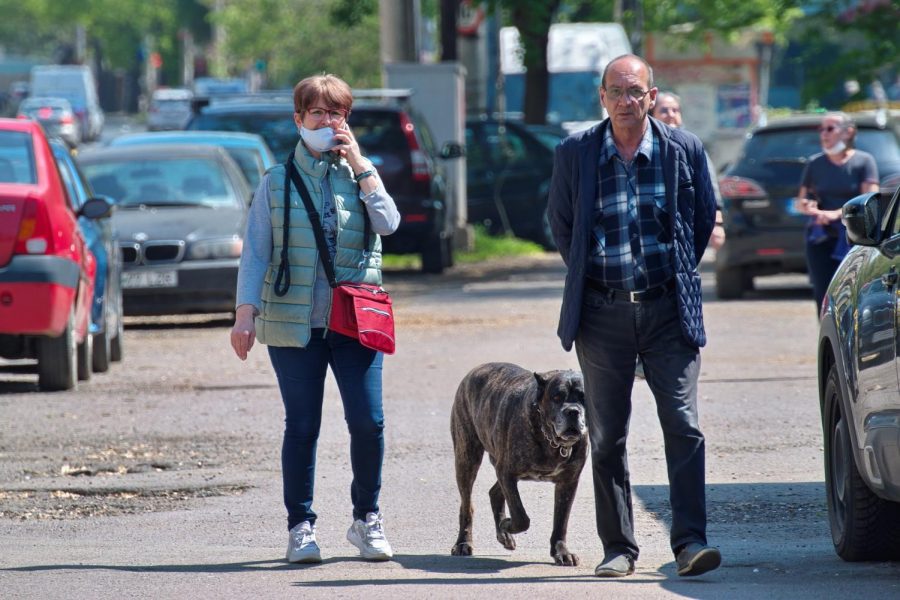CDC updates mask guidelines for fully vaccinated Americans
May 8, 2021
The Centers for Disease Control and Prevention updated its guidelines on April 27, providing fully vaccinated Americans with new guidance and preventative measures they should continue participating in.
To be considered fully vaccinated for COVID-19, the CDC said that one must have waited two or more weeks after receiving the second dose of the Pfizer Inc. or Moderna Inc. vaccines or after receiving the single dose Johnson & Johnson vaccine.
White House Chief Medical Advisor Dr. Anthony Fauci said in a virtual event that “the risk of infection outside is really minimum. If you’re vaccinated, and you’re outside, it’s even less.”
“Over the past year, we have spent a lot of time telling Americans what they cannot do, what they should not do. Today, I’m going to tell you some of the things you can do if you are fully vaccinated,” CDC Director Rochelle Walensky said in a briefing, according to CBS News. Walensky encouraged people who are fully vaccinated to keep wearing masks since there are still about 50,000 daily COVID-19 cases in the United States.
As outlined in the Interim Public Health Recommendations for Fully Vaccinated People, fullyvaccinated people are permitted to visit others who are also fully vaccinated without wearing masks or social distancing. They can also gather indoors with unvaccinated people from a single household, if those people are at low risk of severe COVID-19 infection.
In terms of travelling, fully-vaccinated people may resume domestic travel without getting tested or self-quarantining before or after travel. For international travel, the CDC recommends they “refrain from testing before leaving the United States,” unless required by their travel destination, and people may also “refrain from self-quarantine after arriving back.”
Also, fully-vaccinated people can participate in outdoor activities without a mask and social distancing, depending on crowd size. Early research suggests that the fully vaccinated “carry substantially less virus in their body, even the cases of rare ‘breakthrough’ infections,” CBS said.
As of May 1, the CDC reported that 44% of the total United States population has received at least one dose of the COVID-19 vaccine, while 31.2% have been fully vaccinated. This has translated to 55.8% of adults being at least partially vaccinated and 39.8% being fully vaccinated.
However, the CDC mentioned that fully-vaccinated people should still wear masks when indoors if they are visiting unvaccinated people from multiple households and in large gatherings or public settings like movie theaters, sports events and live performances. They should also still get tested if they experience symptoms.
Vaccine rollout has had its challenges such as racial disparities and vaccine hesitancy, but many Americans have gotten vaccinated to protect themselves from COVID-19. 312,508,205 total vaccine doses have been delivered and 243,463,471 doses have been administered, the CDC data reflected as of May 1.
In New York City, the vaccine rollout has contributed to improvements in COVID-19 data. For instance, the daily averages have decreased in both the last seven days and the last month, according to the New York City Department of Health. Confirmed cases, probable cases, total cases, hospitalizations, confirmed deaths and the overall positivity rates have all seen a decrease as of the beginning of the month.
The decrease seems to be consistent among state data too. New York Forward region dashboard data said that New York City had a 1.9% seven-day average positivity rate as of May 1.
“The bottom line is clear, if you’re vaccinated, you can do more things, more safely, both outdoors as well as indoors,” President Joe Biden said, according to CNN.







